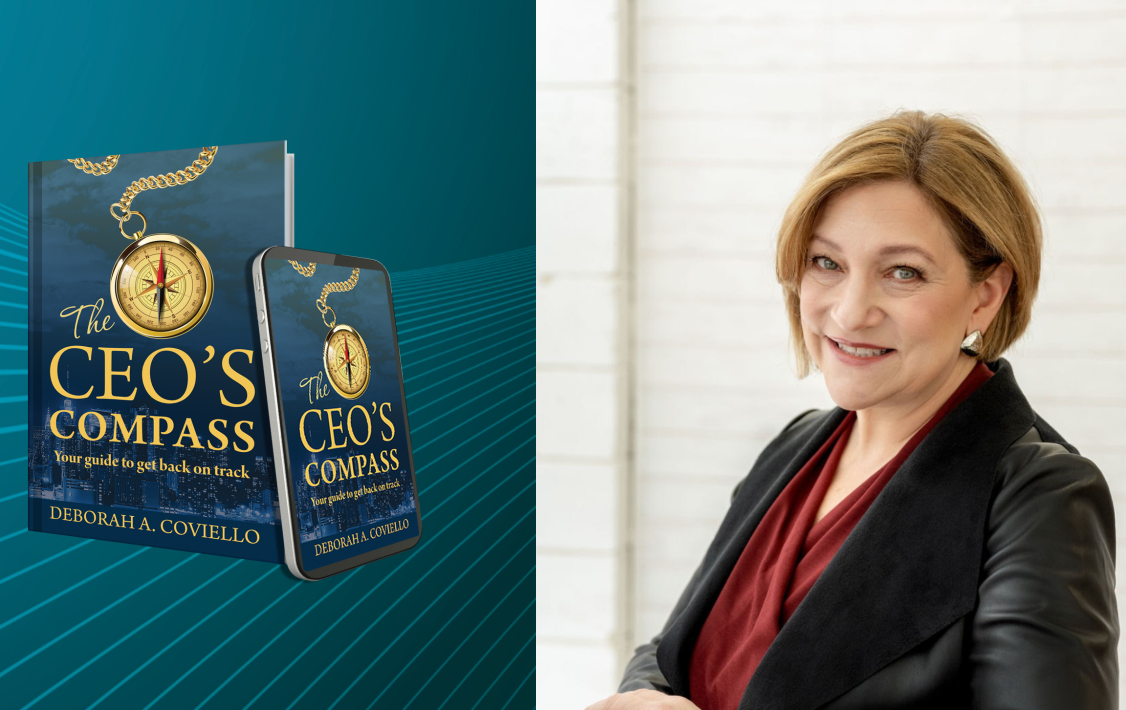If you have ever felt stuck at the top of a leadership ladder, you’re not alone.
You’ve read leadership books, attended personal development workshops and enlisted the services of a coach and still have not found a path forward to get a different result. You start to wonder if you’re no longer cut out for this line of work.
I’ve been in a place where I question not only what I’m doing but if I’m really making an impact at all. No book out there really tells you how to lead differently from a place of your own personality. In fact, no book can help you because you are unique. However, what I’m about to suggest is not rocket science, but a question for you to ponder.
What would your leadership style look like if you led from a place rooted in joy?
Joy is a place where you can play, be spontaneous and exist with no effort. Think of those moments in your life where you experience joy. Is it watching a child excelling at sports? Is it experiencing the exhausted accomplishment of crossing the finish line of a 5k run? Is it serving food on the table for family and friends? Maybe it’s a good book, read in solitude from beginning to end. We experience these feelings in our personal life and then check these feelings and ways of behaving at the door when we enter our work environment. What some may call boundaries, I call a missed opportunity for a higher level of leadership.
What if we showed up at work like we show up in our personal life; would that get you a different result?
Is it possible to share our personal experiences at work without being judged? Those same activities that bring us together as a community outside of our organizational doors are the exact activities that lead to high performing teams. While I know companies that enlist programs to try to bridge the gap between work and personal life experiences, this is not something we revert to the community building committee. Being an authentic leader means connecting with your team outside of task-oriented communication. This is a journey for you to ask yourself deeply, can you be your authentic self at work? If not, should you still be a leader?
Showing up as you is the only way you will get a different result, people will follow you and you will leave a lasting impact.
I have felt like you in my business life, so while I write about myself, I can be sure there are 10 others reading this post who feel the same and don’t know how to break free. Let me share with you a few tips that will help you go from simply leading to a role where people will follow. There is a difference!
- Laugh more – when we allow ourselves to “giggle” or “humf” a bit more, the soul is pouring through and people will see what’s inside
- Smile more – for some this is hard because work is serious stuff. I had to force myself to smile more and with time, those muscles took over in how I show up. I also show my teeth more. I was very self conscious about the gap in my front teeth, but no longer am. When I smile, I feel more confident and people feel it and connect better.
- Move more – we need to deprogram ourselves from society when parents or teachers say “sit still.” This squelches our expressiveness and hides the child inside. I now stand at my desk during interviews which allows more of myself to pour through in the conversation. Moving more will make you stand out and peoples energy will respond to the increase in the energy you project
- Celebrate your imperfections more – people respond to our quirks and mistakes. This is not about failure, but more about what we stumble on that we often apologize for vs. laugh more at. I can’t tell you how many times I would re-record a video because I would trip over my words. Being a fast talker and thinker, when the two are misaligned, I trip over my words. But for someone intently listening may not notice. So it’s simply who you are. Celebrate it, laugh at it and move on! Others will celebrate you because you are brave enough to acknowledge these and give them permission to be themselves and not apologize for mistakes.
- Tell people how you feel more – when you can share with someone how you feel in response to something they said or did, this is the ultimate connection with another person. Taking a pause in the conversation and reverting from the exchange of information, but your reaction to the information, creates a whole new dimension in relatability. For example, right after I finished a podcast interview with someone, I shared with them that they almost made me cry when they shared their bit of wisdom. It was so relevant to feelings I had about myself and the validation that it was okay. When we pause and connect with people, the relationship exponentially grows. This individual and I are now super fans of each other’s work
If these tips do not make sense, you might ask yourself another question; do you know your authentic self or is it long buried away in who you used to be?
If you’d like a bit more time to kick around your thoughts on this article, let’s book a call to discover your authentic leadership style.
The CEO’s Compass: Your Guide to Get Back on Track – If you’re that leader who feels in their gut something is off track, this could be the resource for you.

Resources
Good Reads
The Gamechangers Guide to Radical Success by Tevis Trowler is what I’m currently reading and it makes so much sense when it comes to mindset and fulfilling your potential. I recently interviewed Tevis and can’t wait to bring the conversation to you via my podcast, The Drop In CEO.
Good Music
Loyalty Remains by Veigar Margeirsson another inspirational epic song that helps me get into creative flow when writing. All of Veigar’s music is uplifting and I recommend you check out his work.
Good Advice
“Instead of reinventing the wheel, I need to talk to people that have already done this on a much higher scale so that I can humble myself and learn. I need to be the student.”
–Nicole Espinosa
Listen and subscribe now: https://podcasts.apple.com/us/podcast/the-drop-in-ceo/id1498953914










